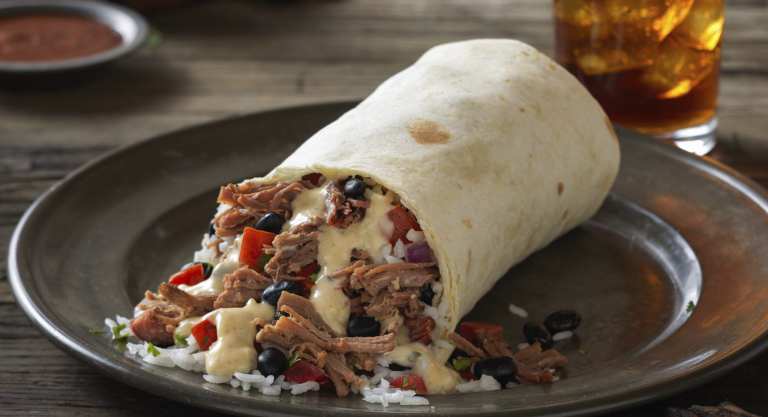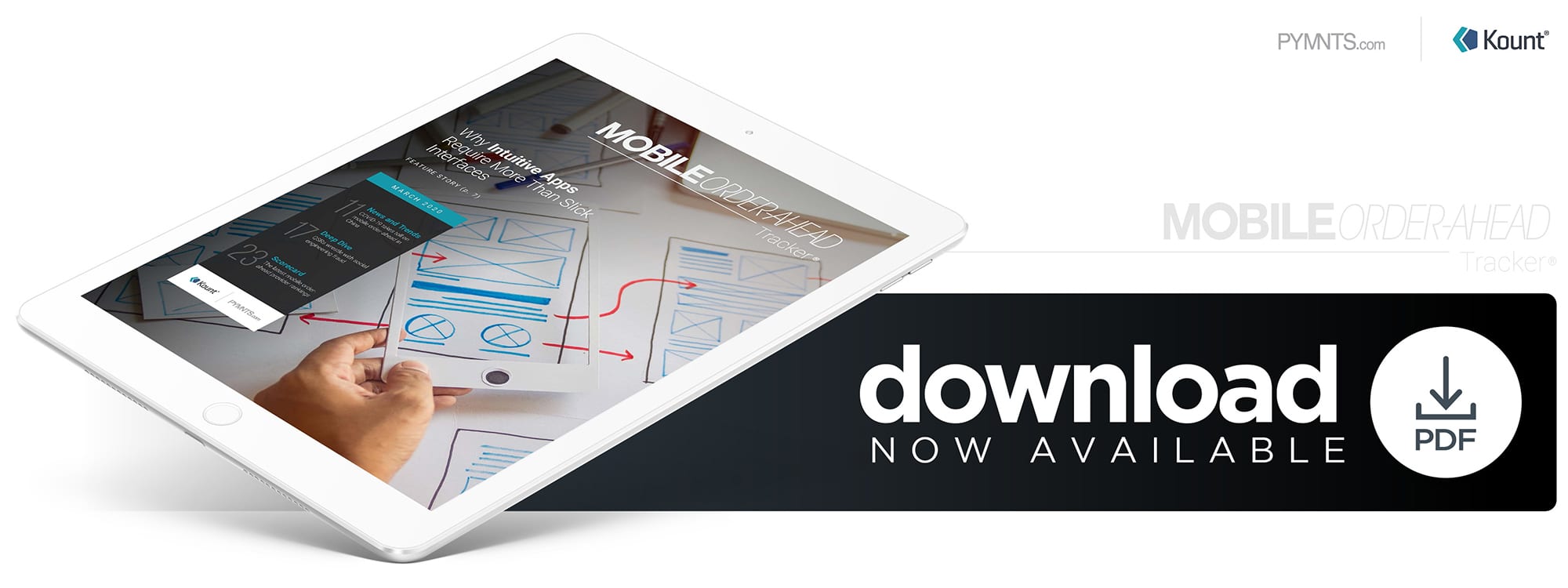Why Intuitive Apps Require More Than Slick Interfaces

Ordering apps have become ubiquitous among large quick-service restaurants (QSRs), making it difficult to stand out from the pack. But one complication QSRs face when revamping their apps is ensuring that loyalty and payment data is kept during the switchover. In this month’s Mobile Order-Ahead Tracker, PYMNTS spoke with Adam Fox, director of digital experience for Mexican fast-casual chain Qdoba, about how the QSR ensured a smooth data migration for its recently overhauled rewards program and ordering system.
 Mobile ordering apps are par for the course for today’s quick-service restaurants (QSRs), and large chains that do not offer mobile ordering are notable exceptions. Ubiquity brings challenges of its own, however, as it is no longer enough for QSRs to simply have mobile apps. Those apps need to match or exceed those competitors offer as customers expect to have the same seamless ordering experiences no matter the restaurant from which they order.
Mobile ordering apps are par for the course for today’s quick-service restaurants (QSRs), and large chains that do not offer mobile ordering are notable exceptions. Ubiquity brings challenges of its own, however, as it is no longer enough for QSRs to simply have mobile apps. Those apps need to match or exceed those competitors offer as customers expect to have the same seamless ordering experiences no matter the restaurant from which they order.
One QSR currently revamping its mobile ordering system is Mexican fast-casual chain Qdoba, which has 730 locations around the U.S. Its redesigned app launched in January and the transition began when its parent company, Jack In The Box, sold it in 2018, according to Qdoba’s director of digital experience and media, Adam Fox.
“When I think back to the feedback that we had from our prior digital experience, we got a lot of comments from our guests, our crew members in the restaurants and from our franchisees,” he explained. “What we heard was that our existing app was overly complex, and [that] the user experience was not very intuitive. So, we focused on making it easier to sign up, making it easier to earn and manage rewards and providing a more frictionless online ordering experience.”
Accomplishing these objectives required more than just a simple user interface redesign. Data analytics, back-end upgrades and physical restaurant improvements all played roles, as did third-party ordering integrations. Such entities have complicated relationships with QSRs as they both drive sales and function as direct competitors.
A Data-Driven App Redesign
Streamlining Qdoba’s app and making it more accessible required extensive effort and meticulous quality testing and assurance processes to ensure it was as intuitive as possible. The chain wanted to go even further by providing guests with targeted offers based on their preferences.
“We’re really focused on behavioral data and understanding why our guests come in,” Fox said. “How frequently do they visit? What do they order? What new products might they be interested in? We’re confident there’s an opportunity to increase frequency by analyzing that activity, and delivering content and offers that are more relevant to the individual user.”
Offering customized experiences goes beyond changing mobile apps, however. Qdoba’s online presence and underlying ordering and rewards systems had to be reworked as well, which it accomplished by partnering with online food ordering platform Olo and loyalty program provider Paytronix.
It is also crucial that all aspects work together as one malfunctioning piece could spur customers to abandon their entire orders. Qdoba devoted significant resources to ensuring its disparate parts — including its rewards program and its mobile and web-based ordering systems — were synchronized and that its staff and restaurant locations were ready to make the switch.
Behind-The-Scenes Updates
One of the most common complications QSRs face when revamping their apps is ensuring that all customer information — including rewards points and payment data — is not lost during the switch. Qdoba’s overhaul effort thus involved digital improvement processes, according to Fox.
“We put a very intense focus on our data migration from the old system to the new one and [made] sure that we loaded those new systems with complete and accurate data” he explained. “That’s often a critical, but overlooked, success factor for implementations [of] this size.”
Ensuring that all parts of its mobile order-ahead system worked in the physical world was also vital. Every customer interaction involves a staff member physically making food and, in most cases, handing orders directly to customers, meaning smooth transactions are crucial. No in-restaurant customer wants his or her order delayed because staff members are working on online orders and vice versa.
“We added secondary ‘make lines’ in a number of restaurants that have a high volume of digital orders [so] that we can fulfill those faster,” Fox said. “You can imagine in a restaurant [that] guests aren’t getting a good experience if when they get to the counter to order the person in front of them [who is supposed to be taking it] has their back turned making an online order.”
Balancing Third-Party Delivery Benefits And Challenges
Customers also have the option of not interacting with the restaurant at all by ordering through third-party delivery services. Qdoba welcomes the extra revenue stream, but these partners largely do not offer the same customer loyalty as its in-house services.
The QSR industry has big questions surrounding DoorDash’s, Grubhub’s, Uber Eats’ and other third-party delivery apps’ growing prevalence, Fox explained. Qdoba made integrating those services a top priority in its redesign, but this decision was not without difficulty.
“The biggest challenge in the industry at the moment is the fact that, while they deliver a lot of traffic to our restaurants, we’re also battling them for customers,” Fox said. “I think the biggest thing that we will continue to work through with third-party [ordering] is the balance of the traffic that they provide and our desire to own the customer relationship and the profitability of those transactions.”
Third-party app partnerships have their perks, but many chains have had issues regarding reliability and food quality. Some large chains, including Domino’s, have entirely eschewed third-party delivery to ensure they control every step of the ordering and delivery process and reduce errors. Smaller and mid-size chains meanwhile do not have the infrastructure necessary to provide these services, meaning they must choose between maintaining this balance or losing delivery revenues.
There is no clear answer, especially with the industry growing and evolving at breakneck speed. QSRs that want to remain competitive must ensure their ordering apps, loyalty programs and underlying infrastructures are as smart and seamless as possible, but their relationships with third-party ordering and delivery apps will likely need to be reexamined in the future.



